Why colour mark birds?
When the Ringing Scheme began over 100 years ago, the primary aim was to find out more about birds’ movements; attaching a uniquely coded metal ring to a bird’s leg allows the individual to be identified if encountered at a later date, revealing the distance, direction and duration of travel. This technique also permits the calculation of ‘vital’ rates (survival and productivity), the key role of ringing in 21st Century conservation.
Originally, survival was calculated using dead recoveries reported by members of the public, which works well for large birds that tend to die in obvious places, such as Barn Owls, but less well for smaller birds and those living in remote areas. Fortunately, analytical developments have enabled a shift of focus, and survival rates are increasingly calculated using recaptures of live birds by ringers. However, this method does have some limitations:
- Catching (or recapturing) adults of some larger species, such as waders, wildfowl, gulls, herons and raptors, may require specialist techniques, although some (particularly herons and raptors) can more easily be ringed as chicks
- Some species, such as House Sparrow and Starling, are extremely wary, so the chance of recapturing a bird once a ring has been fitted is quite low
Enter colour-marking
Both of these issues can be overcome by colour-marking. Using one of a variety of marks, such as lightweight plastic rings, leg flags, neck collars or wing tags, the identity of an individual bird can be established remotely, without the need for recapture. Individual colour rings can be fitted in unique combinations but increasingly engraved rings are used, bearing a sequence of numbers and/or letters, as used on neck collars, wing tags and leg flags. Identical marks may be used in different locations (possibly in different countries for migratory birds, although we try hard to avoid duplication), so a metal ring is always fitted and remains the primary way to confirm identification.
Black-tailed Godwit. Photo by Ruth Walker.
Whatever the technique, colour-marking does require the observer to get a good view of the mark, so it is particularly suited to birds with long legs (colour rings and leg flags on herons and waders) or long necks (neck collars on geese) and to long-winged soaring species (wing tags on raptors). It is also well suited to open habitats (e.g. mudflats) or those where the birds can be viewed at close quarters (e.g. gardens). Therefore smaller birds that frequent dense habitats are rarely colour-marked, although there may be exceptions if marked birds are being identified at the nest or a feeder using cameras.
We constantly monitor and evaluate all ringing activities, including colour-marking, and update our methodologies and guidance as appropriate. All BTO ringers must apply to the appropriate coordinator (see below) for permission to set up any colour-marking project, defining the species and location of the study and details of the resighting methodology, thus maximising the chance of sufficient data being obtained. Ringers undertaking a project are required to submit details of the number of birds ringed and any problems encountered annually.
Outputs and case studies
-
Monitoring survival
Colour-marking is widely used in many Retrapping Adults for Survival (RAS) studies, including those focusing on Dipper, House Sparrow and Starling. The resulting survival trends are published each year in the BirdTrends report and are used in population models to assess causes of population declines identified by other surveys such as the BTO/JNCC/RSPB Breeding Bird Survey.
An analysis of data collected during a ten-year colour-marking study on Blackbirds in an urban Norfolk garden was undertaken to estimate seasonal and sex-specific survival rates. Perhaps surprisingly, the results showed that survival rates were lowest not in winter but during early spring and were highest in the autumn, but there was little difference between the sexes. Studies such as this are important in interpreting both life-history variation and mechanisms of population change.
Robinson, R.A., Kew, J.J. & Kew, A.J. (2010) Survival of suburban blackbirds Turdus merula varies seasonally but not by sex.
Journal of Avian Biology 41, 83-87
-
Monitoring movement
Researchers have demonstrated that the use of colour marks can facilitate more detailed studies of wader movements than are possible when using metal rings alone, as far more data can be collected. In a study of Dunlin at their southern Baltic stopover site, Meissner & Bzoma identified a significantly higher resighting rate for colour-marked birds than for those only carrying a metal ring, particularly amongst juvenile birds.
Meissner, W. & Bzoma, S. (2011) Colour rings with individual numbers increase the number of ringing recoveries of small waders. Wader Study Group Bulletin 118, 114-117.
Burton et al monitored the impact of the flooding of the intertidal mudflats in Cardiff Bay on Redshank. A population of approximately 300 birds were displaced to adjacent habitat on the Severn Estuary and their movements and survival were monitored through observations of colour-marked individuals. The study revealed that the birds struggled to maintain body mass in their first year following displacement and they had a lower survival rate than Redshank monitored at another local site. Planners can use the results of such research to inform decisions where an impact on the conservation of a particular species is suspected.
Burton, N.H.K., Rehfisch, M.M., Clark, N.A. & Dodd, S.G. (2006) Impacts of sudden winter habitat loss on the body condition and survival of Redshank Tringa totanus. Journal of Applied Ecology 43: 464-473.
How to get involved
Another benefit of colour marks is that they enable non-ringers to engage with ringing projects by recording and reporting birds. But, as a non-ringer, if you see a colour marked bird (or find a colour mark on a dead bird) who do you report them to?
All colour-marking projects need to be approved and registered with the BTO or a species or group coordinator, for example the International Wader Study Group (IWSG) for wader projects or the Wildfowl and Wetlands Trust for projects on swans, geese and ducks. This is very important to ensure that possible duplications between colour-marking projects on the same species are avoided.
Approved (European) colour-marking projects are listed on the European colour-ring website – www.cr-birding.org - organised by Dirk Raes. It includes information on the colour-mark scheme (but not the individual codes for each bird) and the email address of the ringer in charge of the project so that they can be contacted directly by anyone who sees one of ‘their’ birds. For waders, if the project is not listed on cr-birding it is also worth trying to locate it on the IWSG colour marking register.
If you see a colour-marked bird, try to find the project on the cr-birding website or the IWSG register. If you locate the project, email the details (species, date, time and location of sighting) to the contact given. You should then receive a reply from the ringer or project coordinator either containing some general background information regarding the project and specific information regarding the bird in question, or letting you know that the bird is not part of their project. The ringer should then submit the sighting to BTO, along with the ringing details if these have not yet been supplied.
If you cannot find the project on the cr-birding or IWSG website, you should report the sighting through the EURING ring reporting website – www.ring.ac. If you find a dead colour-marked bird with the metal ring still attached, please use the reporting form for metal ring information (at the top of the form) rather than the colour mark reporting form.
Please remember that most ringers are volunteers and therefore may not be able to get back to you by return. They will get back to you as soon as they can, but there could be a delay at busy times - your patience would be appreciated!

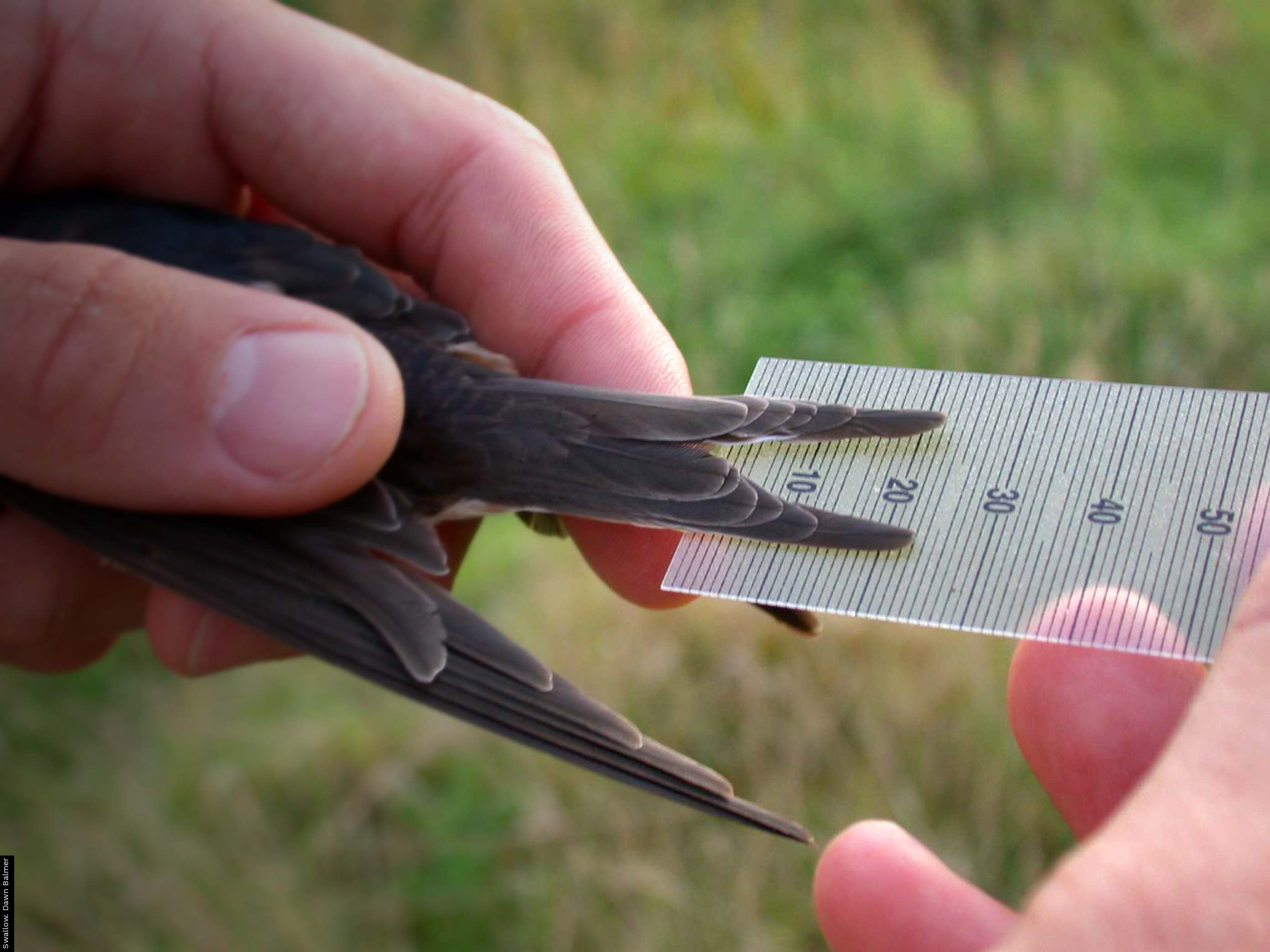




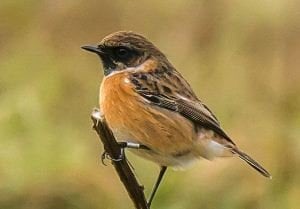
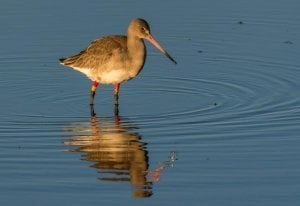

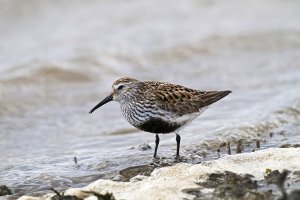
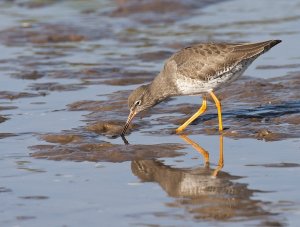
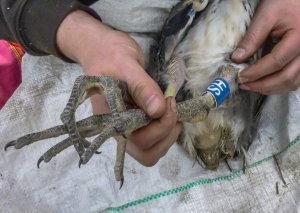




Share this page